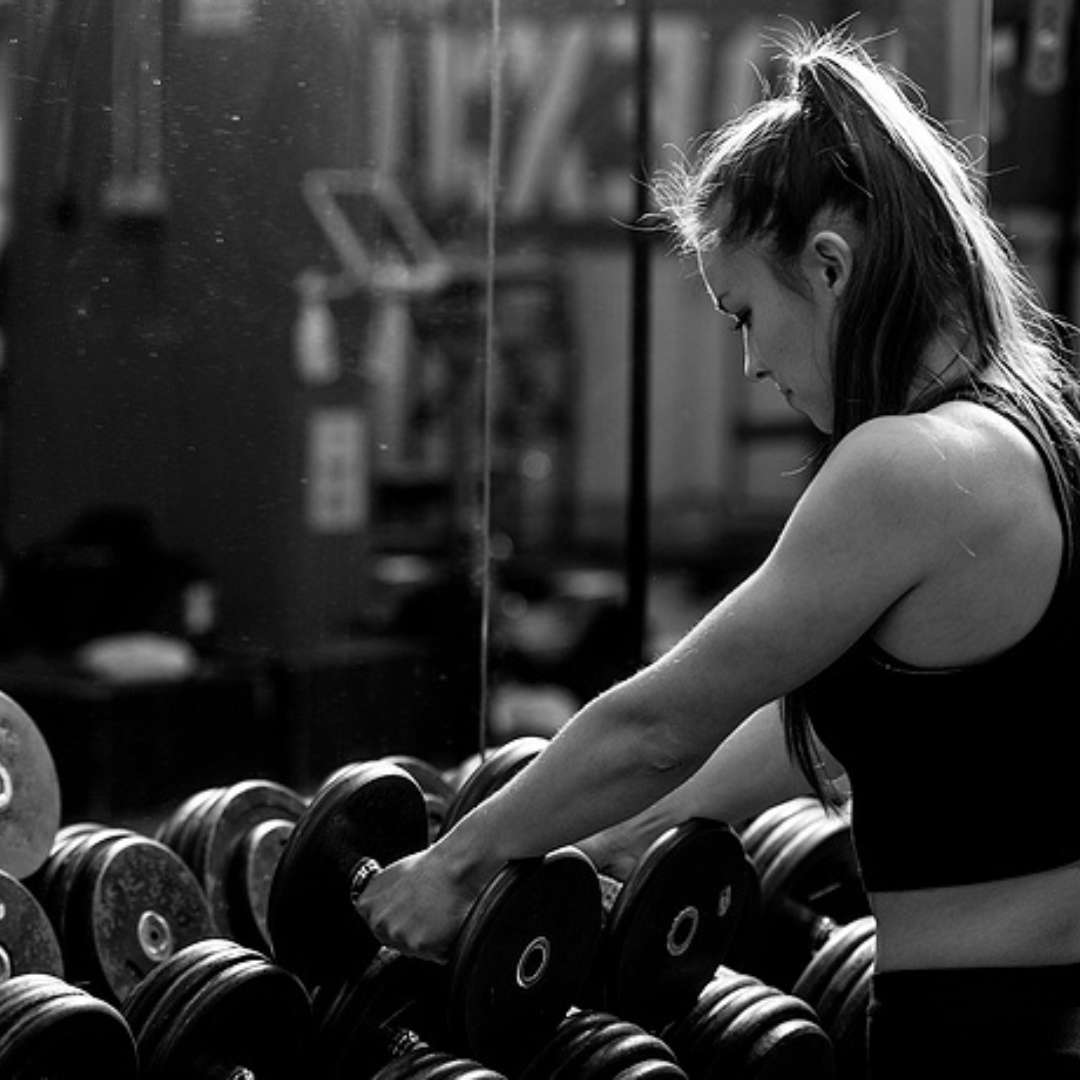There are a lot of reasons to take up weightlifting beyond the confines of competitions to lift as many Olympic bumper plates as possible.
Weightlifting is not only a particularly beneficial strength exercise in its own right that can help significantly to build muscle, fitness and confidence, but it also often forms an essential part of training for other sports.
This is one of the reasons why a powerlifting champion and candidate for the title of world’s strongest woman made the transition from this sport to bodybuilding, and through a tumultuous ten-year career changed the sport forever.
Ahead Of Her Time
Born in 1955 in Victoria, Australia, Bev Francis was as ahead of her time as so many of the strongwomen before her, and she seized every opportunity she could to succeed and disrupt a strength and fitness environment that had never seen anyone like her before.
Initially excelling in the shot put before setting an unprecedented record in powerlifting by bench pressing over 140kg (330lbs) and winning six IPF World Championships, cementing her status as the strongest woman of her era, she would garner a lot of attention due to her muscular physique.
This look, which would feature regularly in bodybuilding magazines, would also signpost a change for the sport of women’s bodybuilding, one that would spark a debate that would last decades.
The Disrupter
Following the successful 1977 film Pumping Iron, which made the niche sport of bodybuilding into a recognised sport with mainstream stars, its 1985 sequel focused on female bodybuilding at a very early stage of its development, when there was no clear definition of what the sport and its judges wanted to see.
The four bodybuilders central to the film, including Ms Francis, two-time Ms Olympia Rachel McLish, Carla Dunlap and Lori Bowen, all had very different physiques, athletic backgrounds and training regimens that were pitted against each other at the 1983 Caesar's World Cup, a bodybuilding competition made just for the film.
The definition of fitness has long been an existential question in bodybuilding, but Bev Francis’ completely unprecedented physique at the time polarised the judges and competitors, particularly in contrast to her peers at the time. This question eventually became known as the female/athlete paradox.
She once said that she should either place first or last, depending on what the contest is trying to find, but ultimately finished an extremely controversial eighth, which led to outrage from her trainers and supporters.
This contest would set the tone for the rest of her career, and fuelled a debate concerning the role of aesthetics against physique and muscularity that would not truly end until after Bev Francis’ career concluded with what should have been her finest hour.
The Most Controversial Bodybuilding Contest Ever
The first-ever female bodybuilding contest to be televised live was the 1991 Ms Olympia contest, but this spotlight would bring to a head many of the questions surrounding what a perfect bodybuilding physique actually was.
Bev Francis changed her physique as she pivoted from competing in powerlifting to bodybuilding, having been told that the judges of her contests considered her to be “too muscular”.
However, the sport of bodybuilding had changed around her, and bodybuilders such as Lenda Murray had developed increasingly muscular physiques, leading to Ms Francis losing the 1990 Ms Olympia.
She focused on her weightlifting roots in her training, and at the halfway point of the contest, she was winning. However, she would lose to Ms Murray by a single point by the end of the contest, which led to outrage from the audience and commentators and accusations of foul play. The winner, Ms Murray, would echo this sentiment.
What did not help this was a change in the rules the following year that penalised excessive muscularity, a decision that proved so controversial that former Mr Olympia winner and Hollywood actor would criticise the decision whilst on the stage of that year’s Ms Olympia.
A Legacy Of Strength
Bev Francis would retire in 1993 in part due to the loss in 1991, but ultimately she would redefine female bodybuilding, and many champion bodybuilders in the decades since that controversial Ms Olympia loss focus far more on strength and muscle than aesthetics.
Whilst initially seen as having an unprecedented physique in what was a very new sport, it turned out that she was the template for a whole generation of female bodybuilders inspired by her strength and her resilience to forge a place in a fitness landscape that had never seen anyone like her before.

